As a nearly 60-year-old brand, Hot Wheels has been a playroom staple for generations of children. But while the tiny cars and buildable track sets have managed to find their way into the playrooms of millions of children, the looping, curving track pieces have always been a bit of a challenge to actually put together.
Mattel, which created the Hot Wheels brand in 1968, knows this is a pain point, especially at the younger end of their target market. Recent research found that less than a third of kids aged 3 to 6 are able to assemble Hot Wheels track sets without help. “That to us was a really big call to say that we need to approach this in a different manner,” says Roberto Stanichi, executive vice president of Hot Wheels.
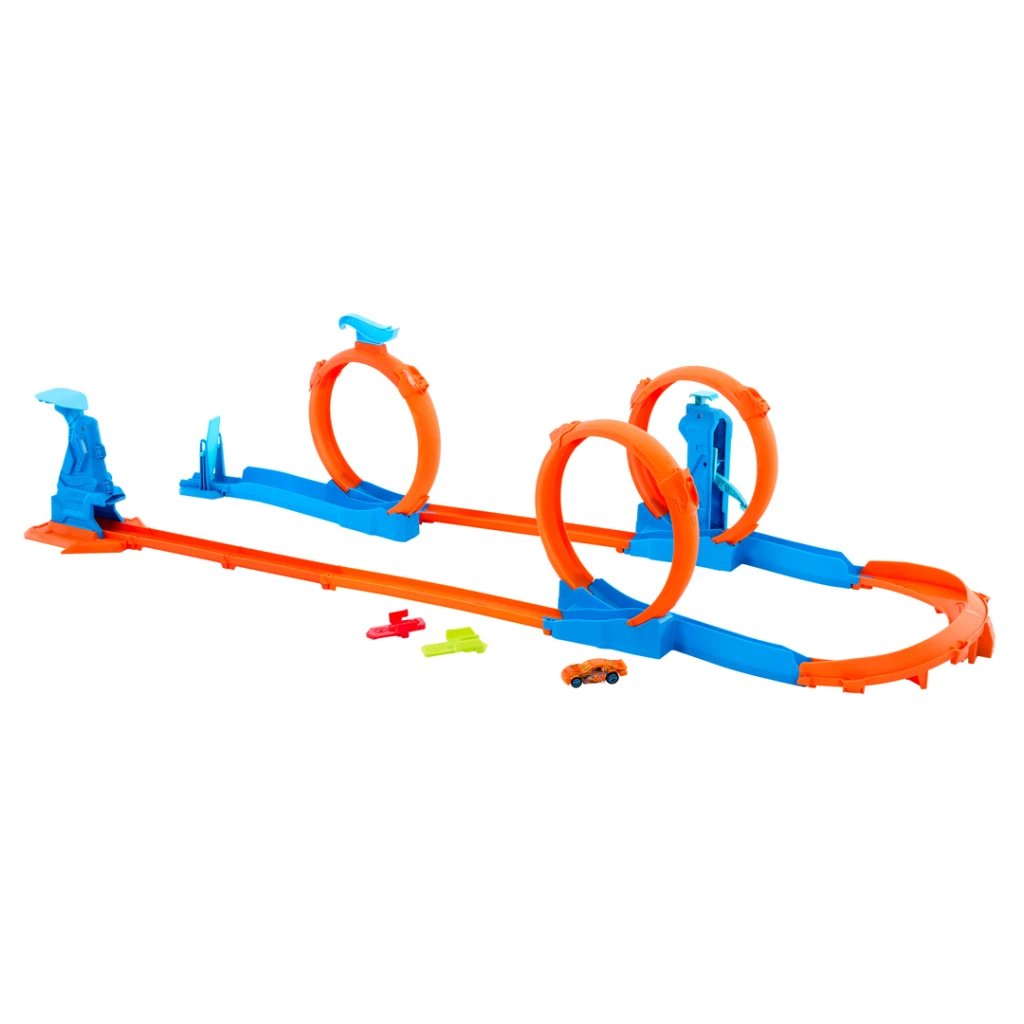
So, in 2022, Hot Wheels launched an unusually detailed research and development effort to improve the assembly of its playsets. The outcome is the new Hot Wheels Speed Snap Track System, which makes every section of track easier to connect together. Instead of the somewhat complicated existing system that requires a small connector piece to slide into the end of each section of track, the new system’s track pieces come together with a simple snap that’s manageable for kids as young as 3. Products will start hitting stores in early summer, and will come with adapters to connect to the existing track system.
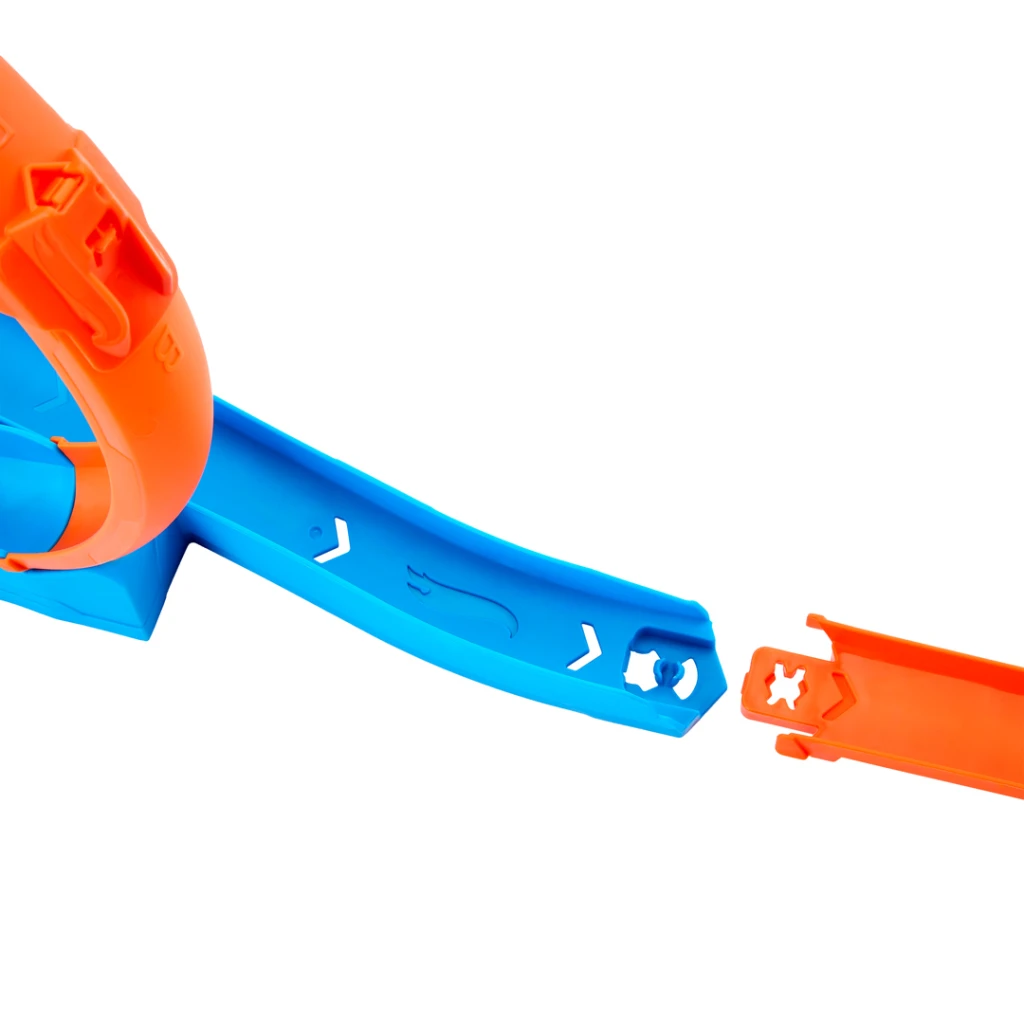
“It’s the first time we’ve done this big of an innovation in the track system in over 50 years,” says Katie Buford, vice president of product at Mattel.
Building a new track
For Hot Wheels, the typical pipeline to bring a new product to market takes about 18 months. When it came to the tracks, the brand spent almost three years to get this essential piece of the playsets right. Buford says consumer research helped inform the need for a different approach, and Hot Wheels designers and engineers worked their way through six prototypes, and variations of those six, before landing on the approach that was the most intuitive and the most accessible.
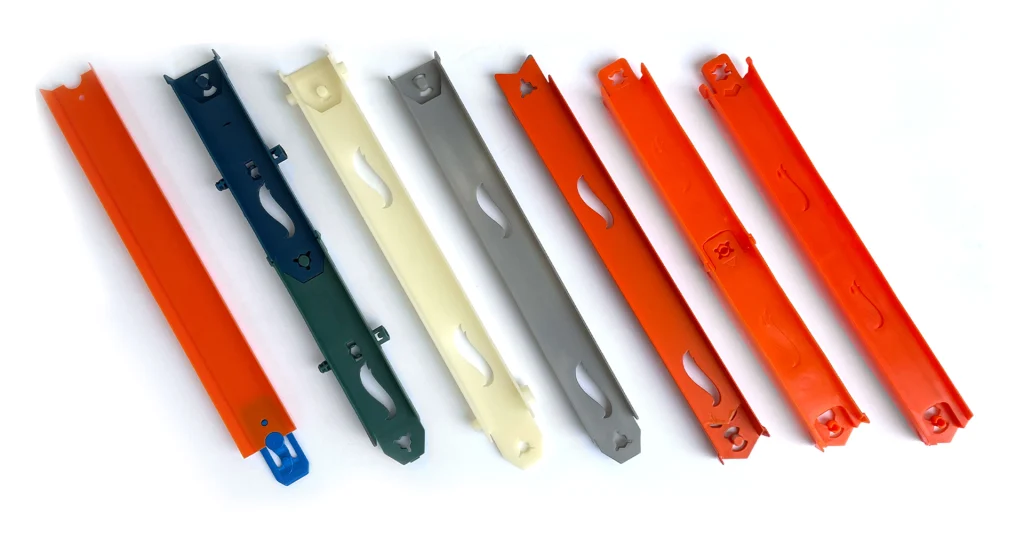
“It comes back to the testing. Like, lots and lots of rounds of making sure that the snap is the right tolerance, and that it is the right amount of pressure for kids to be able to put together, but also the right amount for it not to come apart,” Buford says. “It’s a fine balance to strike.”
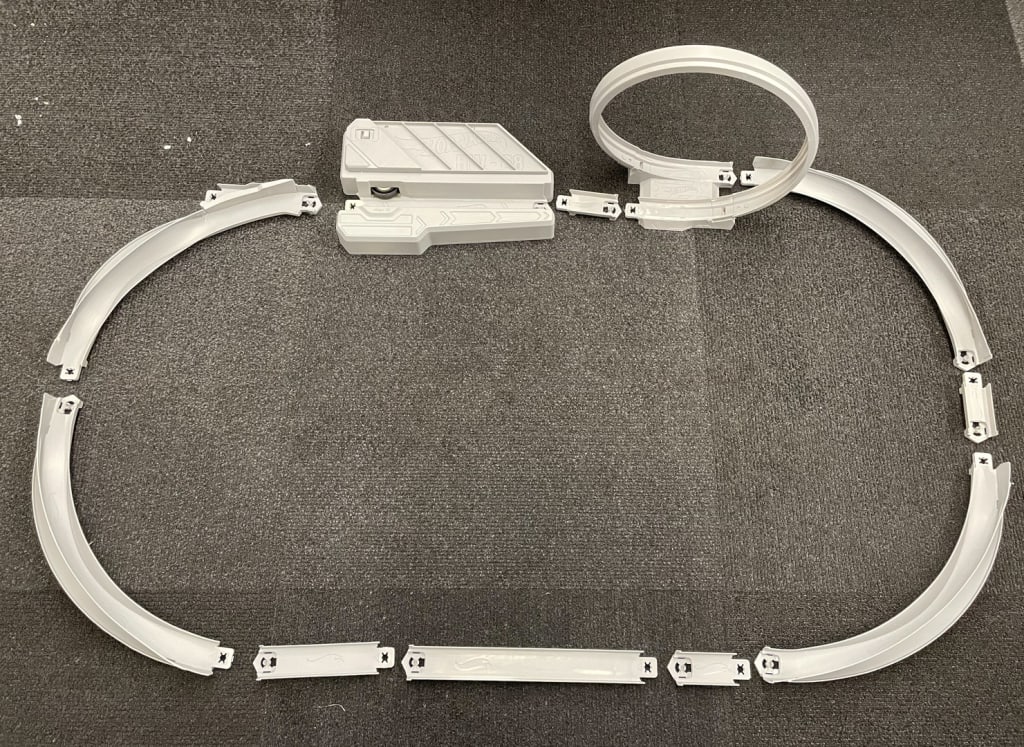
Hot Wheels playsets, which come in a range from conventional racetrack loops to extravagantly looped and motorized contortions, can be a make or break for consumers, according to Stanichi. Some consumers will buy a track product and call it a day, while the more engaged Hot Wheels fan might buy many track sets over time, connecting them together in wild and YouTube-ready arrays.
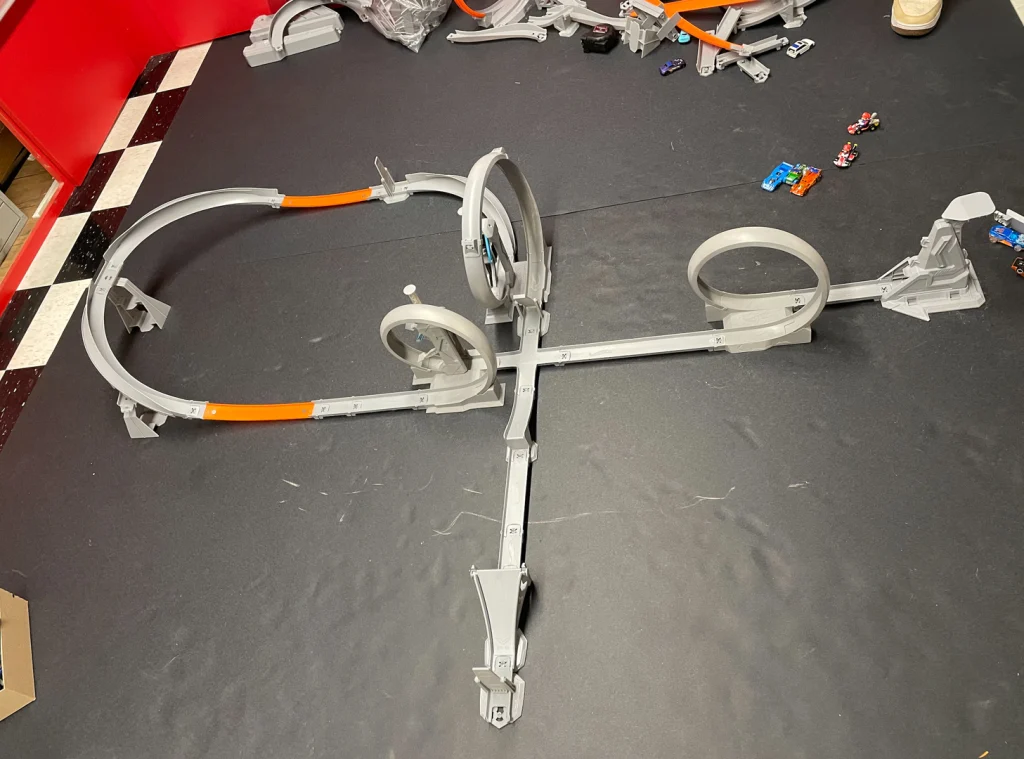
All Hot Wheels playsets sold over the past decade or so have included at least one connection point that allows them to link up with other sets for more creative and expansive play. But for those kids who have been unable to build the playsets on their own, the drive to get more tracks just wasn’t there. “Kids are already engaged in our brand. They are already our fans. But because of some of these usability challenges, we were not getting them to go deeper into our track system,” Stanichi says. “When the Hot Wheels track system really comes to life is when you’re expanding it.”
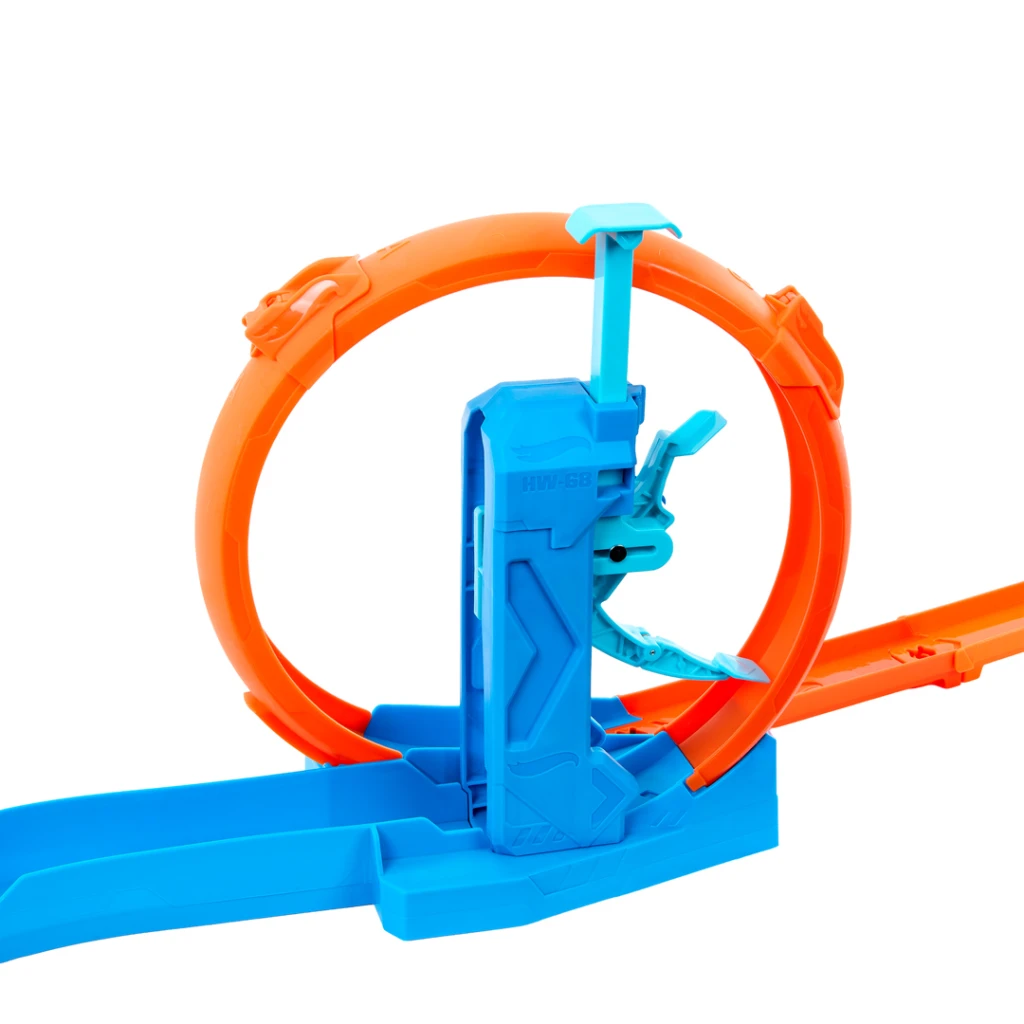
Endlessly expandable
The new system was intentionally designed to be modular, so that it could be endlessly expanded. Redesigning the tracks became a way to nudge more kids away from thinking of the playsets as a contained activity and toward thinking of them more as what Stanichi calls “a sandbox for creativity.”
According to user testing, Hot Wheels’s Speed Snap Track System addresses the main problem with the existing track system, making assembly easier for a majority of the Hot Wheels 3-to-6-year-old target audience. Track setup time was also reduced by 10%. Stanichi says the product will be a success if it gets more Hot Wheels customers to go from just buying toy cars to buying playsets, and for more of those who already have playsets to double or even triple the number of sets they own.
Whether a few stretches of plastic race-car track will convince kids—or, really, parents—to buy more Hot Wheels stuff remains to be seen. But according to Stanichi, the brand doesn’t actually need that much help. It’s seen seven years of revenue growth, and shows no sign of slowing down. “The last seven years have been the best performing years in the history of the brand,” Stanichi says.
That makes redesigning one of the key components of the brand a possibly confusing decision. But Stanichi says the user data on the existing track’s assembly challenges was impossible to ignore. “There’s been a lot of excitement and support within Mattel overall to innovate and to break something that is not broken so we can make it better,” Stanichi says.
